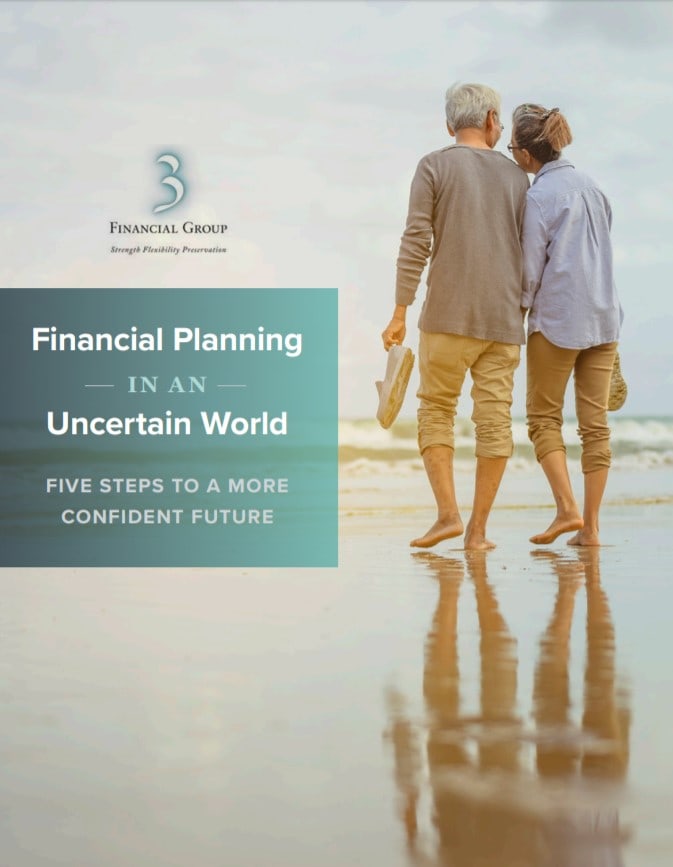As we all know, life can be unpredictable, and unexpected events such as job loss, medical emergencies, or unforeseen expenses can occur anytime. Unfortunately, many women ages 45-65 find themselves ill-prepared to deal with such emergencies, which can have significant financial and emotional consequences. By planning for the unexpected, women can gain a sense of financial security and peace of mind, knowing they have a cushion to fall back on in times of crisis. In this blog, we will discuss why an emergency fund is necessary, how to build one, and tips to stay on track and overcome common obstacles.
Why Women Ages 45-65 Need an Emergency Fund
As women enter the age range of 45-65, they often face a variety of changes that can impact their financial stability. Here are some significant reasons why an emergency fund is necessary for this demographic:
- Changes in marital or family status: Divorce or the loss of a spouse can result in a significant reduction in income and increased expenses. If adult children are contributing to household expenses, they may leave and cause a reduction in household income.
- Health issues and medical emergencies: Our health needs may increase as we age, resulting in additional medical expenses. Unexpected medical emergencies can also arise, resulting in substantial financial burdens.
- Job loss and other income disruptions: Job loss and other disruptions to income can be devastating, especially for women in this age group who may have limited opportunities for re-employment.
- Supporting children and aging parents: Many women in this age group find themselves sandwiched between supporting their children and their aging parents. This can result in additional financial pressures, such as paying for college tuition, providing financial support to adult children, and covering the costs of caring for aging parents.
How to Build an Emergency Fund
Now that we have covered why an emergency fund is so important, let’s talk about how you can make it happen. Here are 6 steps to building a sufficient emergency fund:
- Determine the right amount to save: Financial experts recommend having at least three to six months’ worth of living expenses saved in an emergency fund. However, for women in this age group who may be facing additional financial pressures, it may be wise to save even more. It’s essential to assess your financial situation and determine the right amount for your needs. If you’re not sure, you can discuss your concerns with a financial advisor who will help you make a savings plan.
- Set up a separate account: To ensure that the emergency fund is not used for non-emergency expenses, it’s important to set up a separate account specifically for this purpose. Keeping the emergency fund separate from your other accounts can help prevent the temptation to use it for non-emergencies.
- Choose a high-yield savings account: When selecting a savings account for your emergency fund, it’s important to choose one with a competitive interest rate. A high-yield savings account can help your emergency fund grow over time and provide additional financial security. Depending on the interest rate environment, a CD ladder can be another effective strategy.
- Automate savings: Set up automatic monthly transfers from your checking account to your emergency fund account. This can help ensure that you’re consistently saving towards your goal, without thinking about it.
- Increase your income: If you’re at a comfortable place in your career, it may be time to negotiate a raise with your employer. Of course, factors such as performance and length of employment can play an important part in these negotiations. You could also negotiate for better pay with a new employer, or consider changing careers altogether. If you still find it challenging to save enough to build an emergency fund, consider seeking out additional income streams, such as taking on a part-time job or freelance work, selling unused items, or renting out a spare room in your home.
- Avoid dipping into the emergency fund for non-emergencies: Finally, it’s crucial to avoid dipping into the emergency fund for non-emergencies. While it can be tempting to use the emergency fund for a vacation or a new car, doing so can deplete your savings and leave you vulnerable to unexpected expenses.
Tips for Women Ages 45-65 to Stay on Track
Now that we’ve discussed how to build and maintain an emergency fund for women ages 45-65, let’s explore some tips for staying on track and ensuring that your emergency fund remains a reliable source of financial security.
- Make emergency savings a priority: First and foremost, it’s important to make emergency savings a priority. With so many competing financial demands, it can be challenging to consistently save towards an emergency fund. However, by making it a priority and treating it as a non-negotiable expense, you can ensure that you’re consistently working towards your goal.
- Reassess emergency fund needs regularly: Consider any new financial pressures you may be facing, such as supporting an aging parent or paying for college tuition. Adjust your emergency fund savings goal accordingly to ensure you have the right amount of savings to weather any unexpected expenses.
- Adjust savings as needed: If you experience a significant change in income, for example, you may need to adjust your savings rate to maintain your emergency fund’s target balance. Be flexible and willing to adjust your savings strategy as needed to ensure that you’re staying on track.
- Stay vigilant about expenses: By regularly reviewing your spending and looking for ways to cut back, you can free up additional funds to put toward your emergency savings. Be mindful of areas where you may be overspending and look for creative ways to reduce expenses.
- Seek professional advice: Finally, don’t hesitate to seek professional advice if you’re struggling to build or maintain your emergency fund. A financial advisor can help you assess your financial situation, set realistic savings goals, and create a plan for achieving those goals. With the right support and guidance, you can feel confident in your ability to build a strong emergency fund and weather any unexpected expenses that come your way.
Overcoming Common Obstacles
As you start to build your emergency fund. You may come across some common obstacles. Here’s what they are and how you can overcome them:
- Balancing competing financial priorities: Create a budget that includes both short-term and long-term financial goals, such as paying down debt and building an emergency fund. Prioritizing these goals and adjusting spending habits accordingly can help women achieve both objectives.
- Managing debt while building an emergency fund: focus on high-interest debt first and gradually pay it down. You can also consider consolidating your debt or negotiating with creditors to lower interest rates. By making consistent payments and avoiding additional debt, you can gradually increase your emergency fund.
- Finding extra income to save: As previously mentioned, additional streams of income can help supplement your emergency fund. Additionally, budgeting and cutting unnecessary expenses can free up additional funds for savings.
- Overcoming the temptation to use emergency funds for non-emergencies: Create a clear definition of what constitutes an emergency, and establish a separate savings account specifically for emergencies. It’s important to remember that the emergency fund is intended to provide financial security and peace of mind during unexpected events, and not to be used for non-essential expenses.
In conclusion, an emergency fund is crucial for women aged 45-65 to ensure financial stability and peace of mind. This demographic faces various changes that can impact their financial stability, such as health issues, job loss, and supporting their children and aging parents. Overcoming common obstacles such as balancing competing demands, struggling to save, or dealing with unexpected expenses requires a flexible and persistent approach. By following these tips and being proactive, women can gain financial security and weather any unexpected expenses that may arise. If you want more support to start your emergency fund, contact 3 Financial Group by phone or send us a message here!


